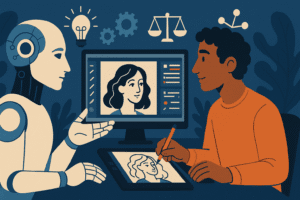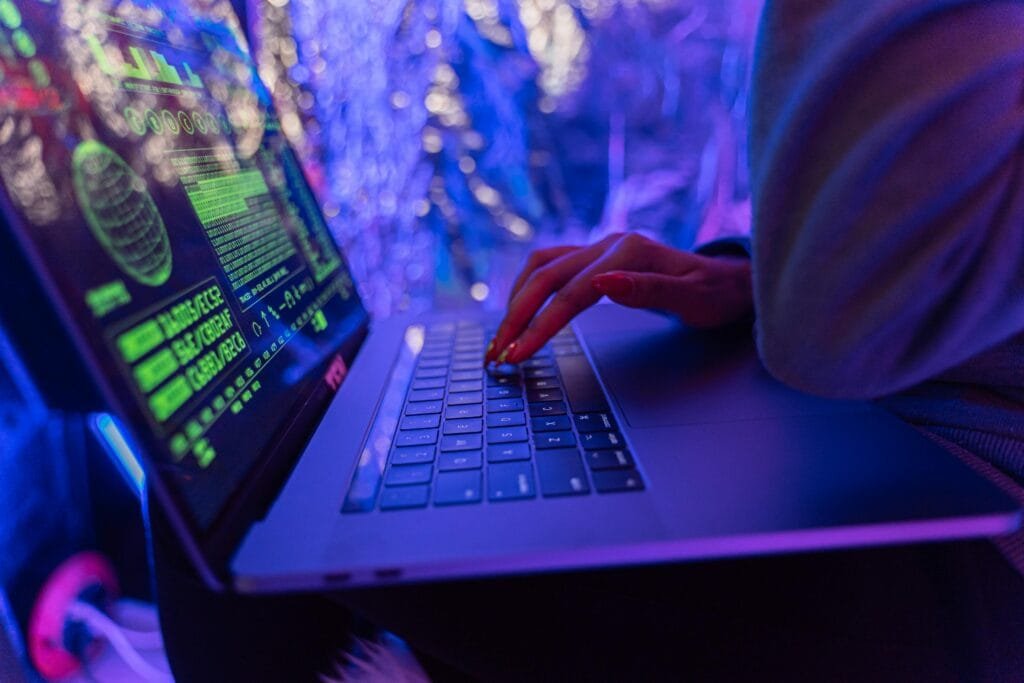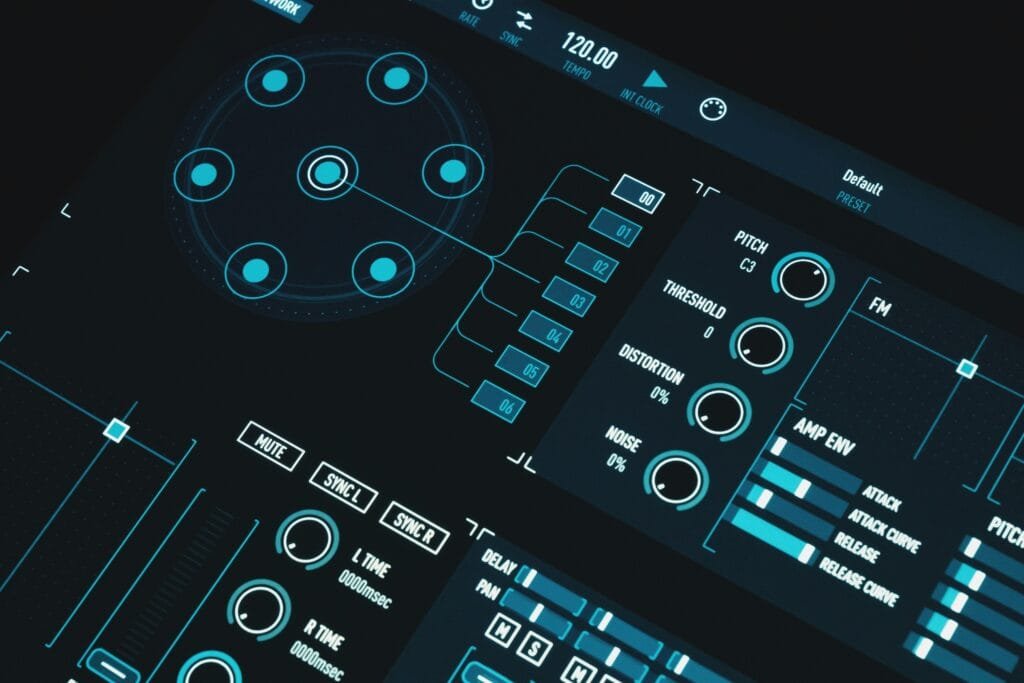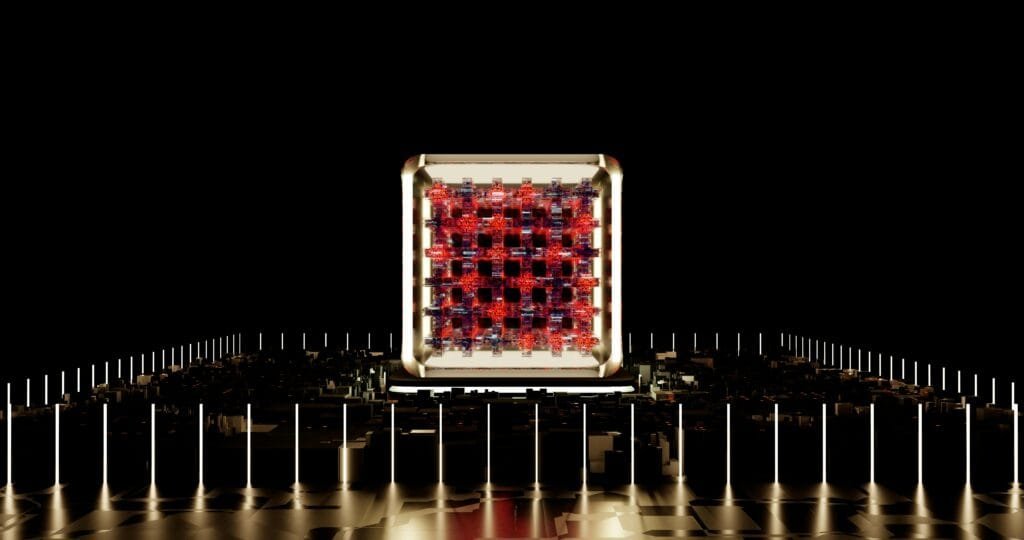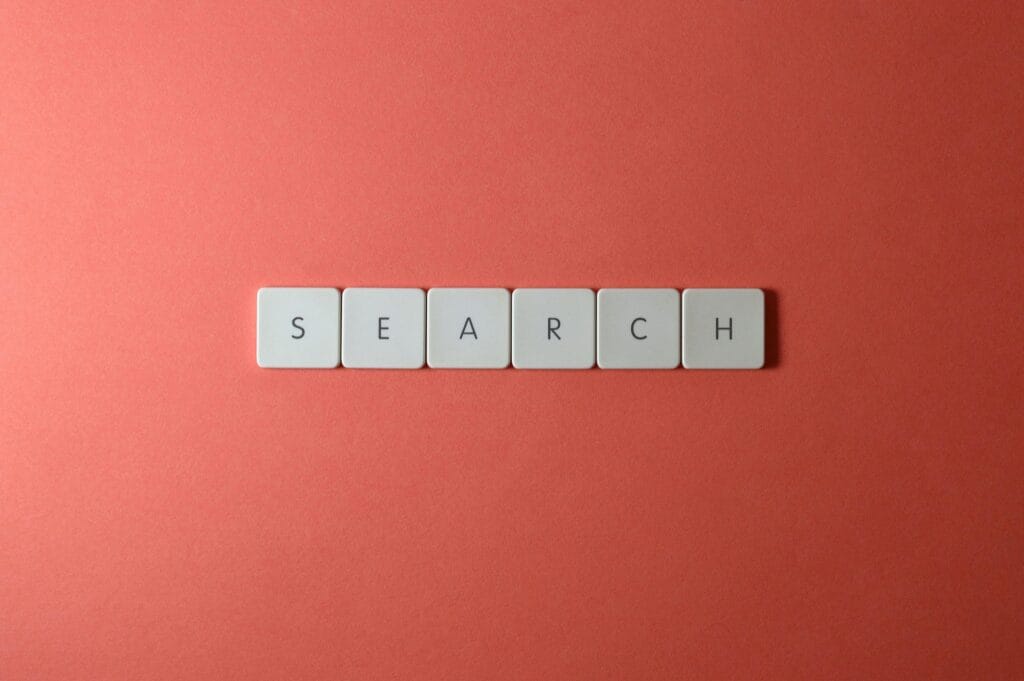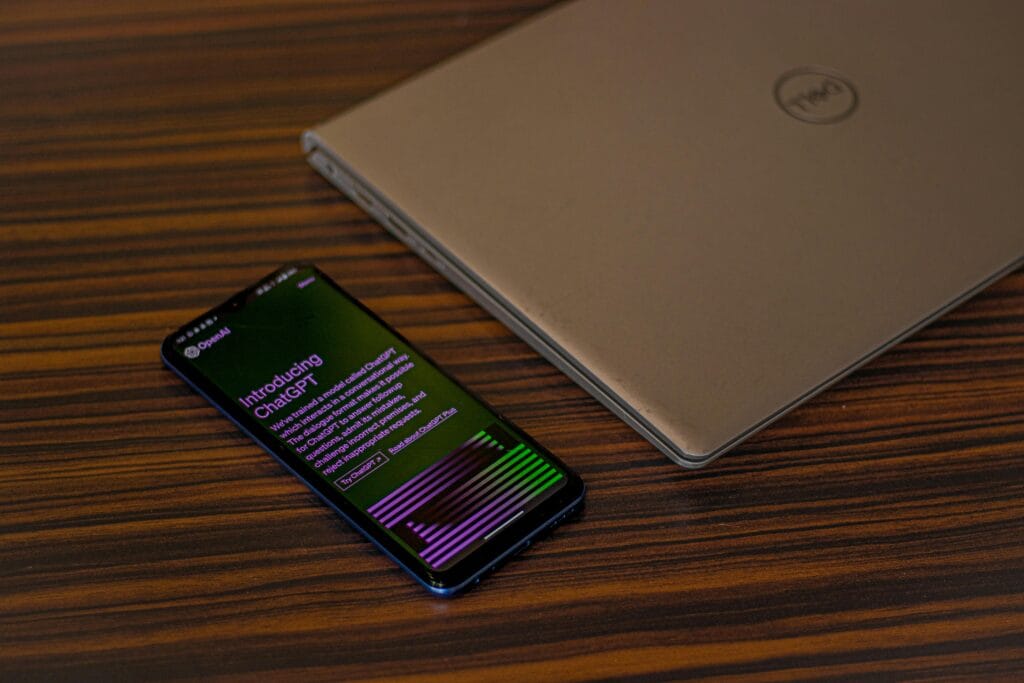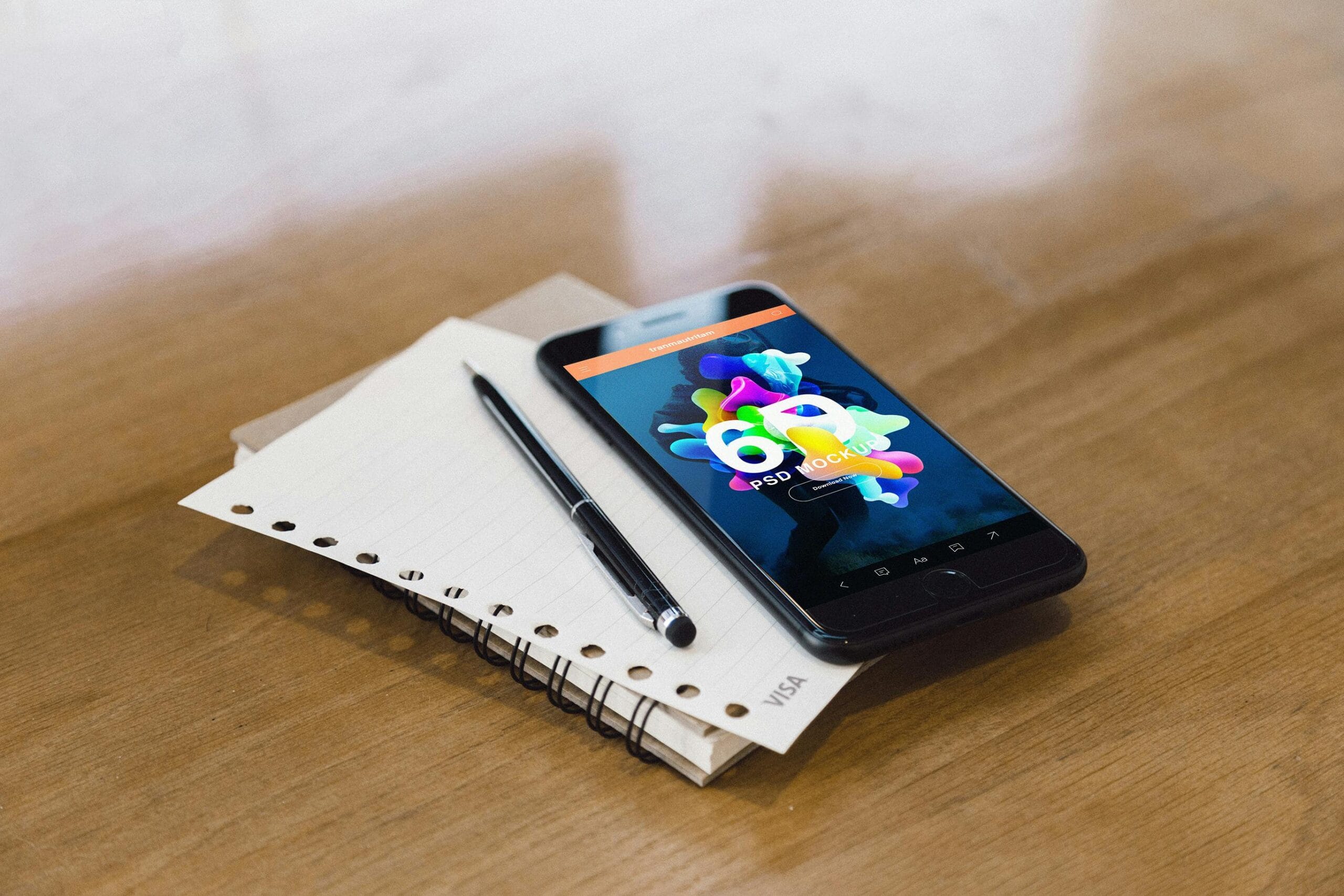
Have you ever felt a phantom vibration from your pocket, only to find your phone silent and still? Or perhaps you’ve fallen into the rabbit hole of a “quick” social media check, emerging an hour later with a sense of dazed regret and a creeping anxiety about the time you’ve lost. You are not alone. In our hyper-connected, always-on world, these experiences have become nearly universal. Our digital devices, once hailed as tools of liberation and connection, now often feel like demanding taskmasters, flooding our brains with an endless stream of notifications, emails, and curated-for-perfection content. This constant digital deluge is taking a toll, leading to a new, distinctly 21st-century affliction: digital burnout. The good news is that there is a powerful antidote that is gaining momentum: the digital detox. It’s more than just a trendy hashtag; it is a conscious and necessary act of reclaiming your mental space, your focus, and your connection to the world beyond the screen. This article will explore why our brains are so susceptible to digital overload, provide practical strategies for a successful detox, and help you forge a healthier, more intentional relationship with technology for the long term.
Why Our Brains Crave a Digital Break
To understand the need for a digital detox, we must first understand what our devices are doing to our brains. Our minds were not designed to handle the sheer volume and velocity of information we now face daily. Every notification, like, and comment triggers a small release of dopamine, a neurotransmitter associated with pleasure and reward. Tech companies have become masters at engineering their platforms to maximize these dopamine hits, creating what is known as a “variable reward schedule” the same mechanism that makes slot machines so addictive. You never know when the next reward will come, so you keep checking, pulling the digital lever again and again. This creates a powerful compulsion loop that keeps us tethered to our screens, often against our better judgment.
This constant stimulation comes at a high cognitive cost. Our ability to maintain deep focus is a finite resource, and constant task-switching glancing at an email while writing a report, checking a text while in a conversation depletes it rapidly. This leads to a state of “attention residue,” where even after you’ve switched tasks, part of your cognitive capacity is still thinking about the previous one. The result is shallow work, increased errors, and mental exhaustion. Furthermore, the constant barrage of information leads to decision fatigue. Every small choice, from which email to open first to whether to ‘like’ a post, chips away at our mental reserves, leaving us less equipped to make important decisions later in the day. Studies have increasingly linked high levels of screen time, particularly on social media, with rising rates of anxiety, depression, and loneliness. By comparing our messy, real lives to the polished highlight reels of others, we can fall into a trap of social comparison that erodes self-esteem. A digital detox works by interrupting these harmful cycles, giving our brains a desperately needed chance to reset and recalibrate.
Practical Strategies for a Successful Digital Detox
The idea of completely unplugging can be daunting, but a digital detox doesn’t have to be an all-or-nothing proposition. The key is to find an approach that fits your lifestyle and addresses your personal pain points. You can think of it in tiers, from small daily adjustments to a full immersive reset. Start by implementing a “Mini-Detox” into your daily routine. This involves creating sacred, screen-free zones and times. For example, declare the first hour of your day and the last hour before bed a no-phone period. Instead of scrolling, use that time to meditate, read a physical book, journal, or talk with your partner. Another powerful mini-detox strategy is to ruthlessly prune your notifications. Go into your settings and turn off all alerts except for those that are truly urgent, like phone calls or messages from close family. This simple act puts you back in control, allowing you to check your device on your terms, not in reaction to its every beep and buzz.
When you feel ready for a more significant break, you can plan a “Weekend Reset.” This could be as simple as putting your smartphone in a drawer from Friday evening until Monday morning. Inform your friends and family that you’ll be offline, so they don’t worry. The first few hours might feel strange; you might feel bored or anxious, a sign of withdrawal from the constant stimulation. This is where preparation is key. Plan activities to fill the void: go for a long hike, cook an elaborate meal, tackle a home improvement project, visit a museum, or lose yourself in a hobby. The goal is to replace passive digital consumption with active, real-world engagement. For those feeling truly overwhelmed, a “Full Immersion” detox of a week or longer can be transformative. This requires more planning, such as setting up email auto-responders and delegating digital tasks, if necessary, but the payoff can be immense. Users who undergo longer detoxes often report a dramatic reduction in stress, improved sleep quality, a clearer mind, and a renewed appreciation for the world around them.
Building a Healthier, Long-Term Relationship with Technology
A digital detox is like a cleanse it can reset your system, but its benefits will fade if you immediately return to old habits. The ultimate goal is not to abandon technology forever, but to transition from a life of mindless consumption to one of “digital minimalism” or intentional use. As author Cal Newport suggests in his book of the same name, this philosophy involves focusing on a small number of carefully chosen online activities that strongly support the things you value and happily missing out on everything else. After your detox, don’t just turn everything back on. Reintroduce apps and services slowly and deliberately. For each one, ask yourself: “Does this tool genuinely add significant value to my life, or is it just a source of distraction?” You might find that you don’t miss many of the apps you thought were essential.
Create a new set of rules for your digital life. This could involve scheduling specific “tech blocks” during the day. For example, checking email for 30 minutes in the morning and 30 minutes in the afternoon, rather than leaving the tab open all day. Curate your digital environment with the same care you would your physical home. Unfollow social media accounts that make you feel inadequate or angry. Unsubscribe from newsletters you never read. Turn your phone’s screen to grayscale to make it less appealing and visually stimulating. Reorganize your home screen so that distracting apps are hidden away in folders, requiring effort to access, while utility apps like maps or banking are front and center. The key is to transform your relationship with your devices from reactive to proactive. They should be tools that you command to serve your goals, not master’s that command your attention for their own.
Ultimately, learning to disconnect is one of the most vital skills for modern life. The constant digital noise is not a neutral background hum; it actively shapes our thoughts, degrades our focus, and can diminish our well-being. By consciously stepping away, even for a short time, we create the quiet space necessary for deep thought, genuine connection, and self-reflection. A digital detox isn’t about rejecting technology; it’s about putting it back in its proper place. It’s about reminding ourselves that our lives should be measured not in likes and shares, but in moments of presence, focus, and authentic human connection. Taking control of your screens is taking control of your time and attention, which, in the end, is how you take control of your life.
